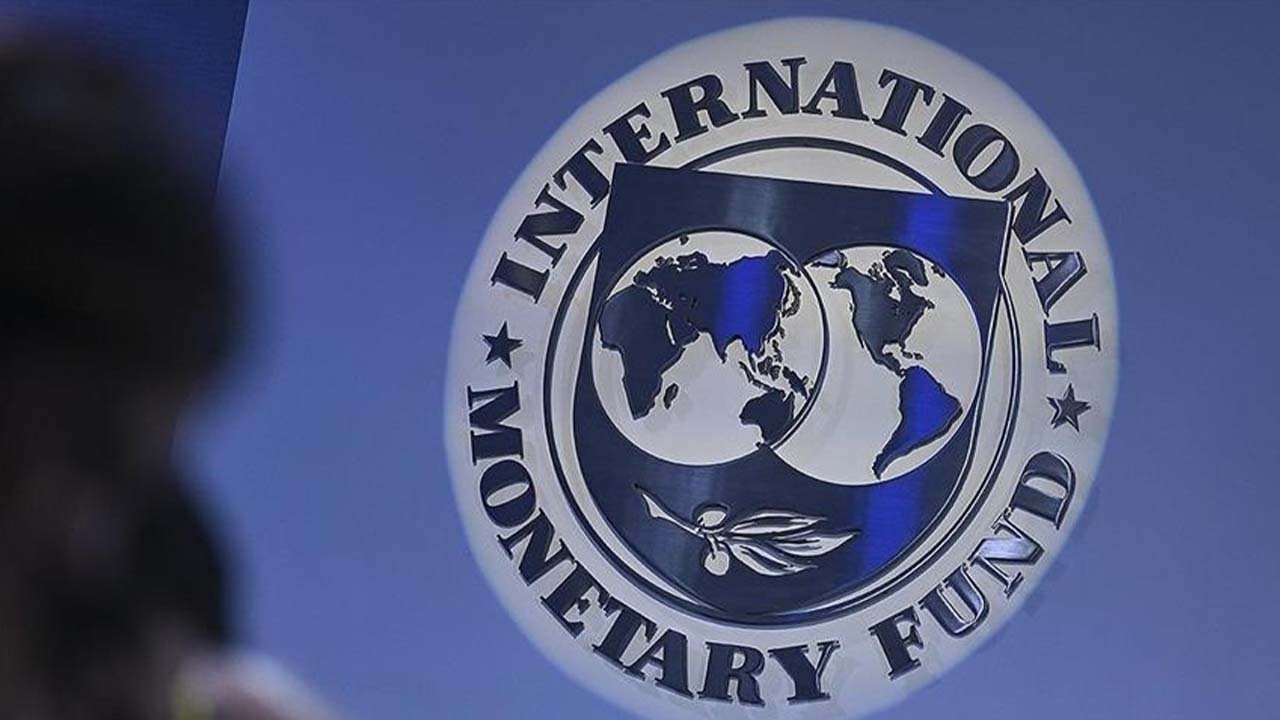The International Monetary Fund (IMF)’s current fiscal strategy for Pakistan, which focuses on strict fiscal consolidation—entailing reduced spending and increased revenue—has come under significant scrutiny.
Critics, including Murtaza Syed, a former deputy governor of the State Bank of Pakistan and ex-IMF official, question the approach due to its lack of emphasis on debt restructuring.
In his article “Debt Will Tear Us Apart (Again)”, Syed highlights the IMF’s omission of debt sustainability in recent discussions.
Despite Pakistan securing a staff-level agreement with the IMF for the 24th time, this absence is surprising given the IMF’s near-declaration of Pakistan’s debt as unsustainable in May. Syed suggests that both Pakistan and the IMF might be shying away from a transparent evaluation of the debt burden.
Syed warns that the current “extend and pretend” strategy could lead to severe repercussions. He argues that it will impose harsh austerity measures on a population already burdened by stagnant income, a historic cost of living crisis, and political instability.
This approach may result in deeper losses for creditors and further damage the IMF’s reputation.
The article provides stark figures illustrating Pakistan’s debt crisis. The country owes an average of $19 billion in principal repayments annually, which exceeds half of its export revenues.
Additionally, Pakistan will require at least $6 billion per year to cover its current account deficit, bringing its total external financing needs to around $25 billion annually until 2029.
Moreover, the government will need to allocate an average of 6.5 per cent of GDP for interest payments on existing debt over the next five years.
Syed criticises the IMF’s optimistic forecasts for Pakistan’s economic variables, noting that previous predictions have often been unrealistic. He argues that fiscal consolidations, particularly in a weak global environment, tend to fail in making debt more sustainable.
In his conclusion, Syed calls for a shift from harsh fiscal measures to a more balanced approach that includes debt restructuring, to reduce financial pressures and support economic development.







